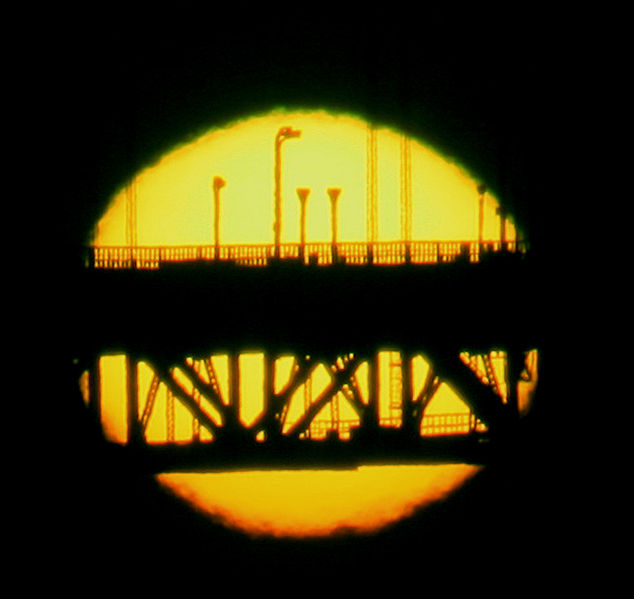
The upper edge of the setting sun is sometimes seen to take on a green tinge, an effect of atmospheric refraction. Normally this is apparent only briefly, but for Richard Byrd’s Antarctic expedition of 1928-1930 it lasted more than half an hour:
Here the sun descends so slowly that it seems to roll along the horizon and as it will be only two days until it is above the horizon all the time for the rest of the summer it clings interminably before, with seeming reluctance, dropping from sight. As its downward movement is so prolonged the last rays shimmer above the barrier edge as it moves eastward, appearing and reappearing from behind the irregularities of the barrier surface. It trembles and pulsates, producing a vibration light of great beauty.
The night the green flash was seen some one ran into the administration building and called, ‘Come out and see the green sun.’
There was a rush for the surface and as eyes turned southward, they saw a tiny but brilliant green spot where the last ray of the upper limb of the sun hung on the skyline. It lasted an appreciable length of time, several seconds at least, and no sooner disappeared than it flashed forth again. Altogether it remained on the horizon with short interruptions for thirty-five minutes.
When it disappeared momentarily it seemed to have been shut off by a tiny spurt, an inequality in the skyline caused by the barrier surface.
“Even by moving the head up a few inches it would disappear and reappear again and after it had finally disappeared from view it could be recaptured by climbing up the first few steps of the [antenna] post.”
(From an account by witness Russell Owen, San Francisco Chronicle, Oct. 23, 1929.)
